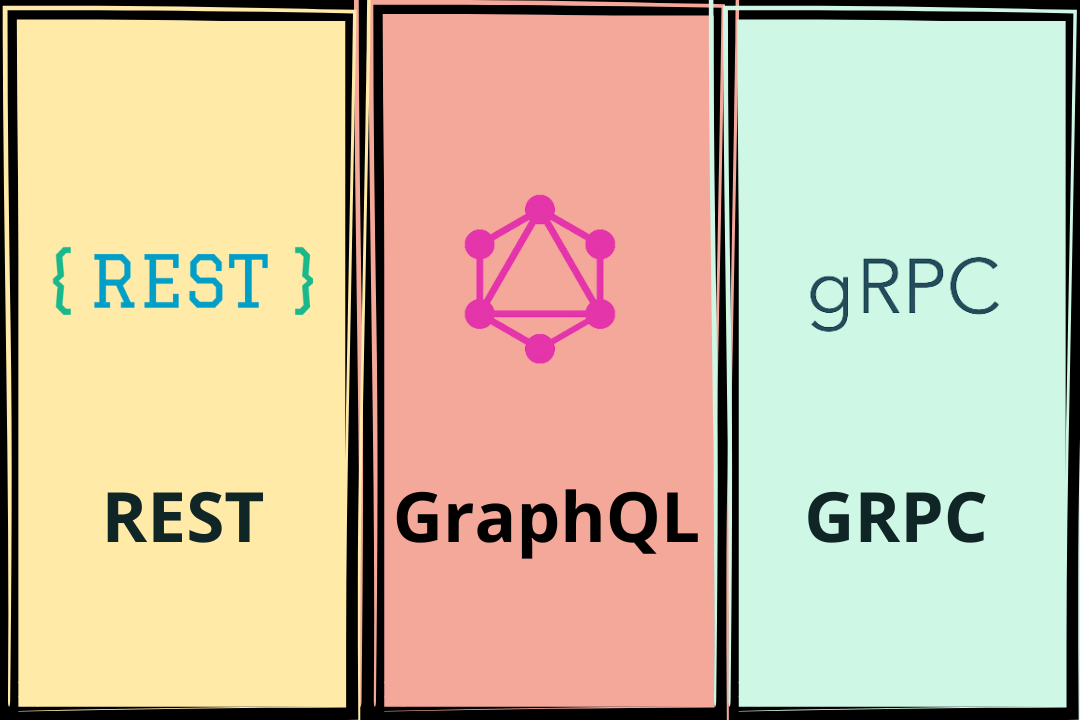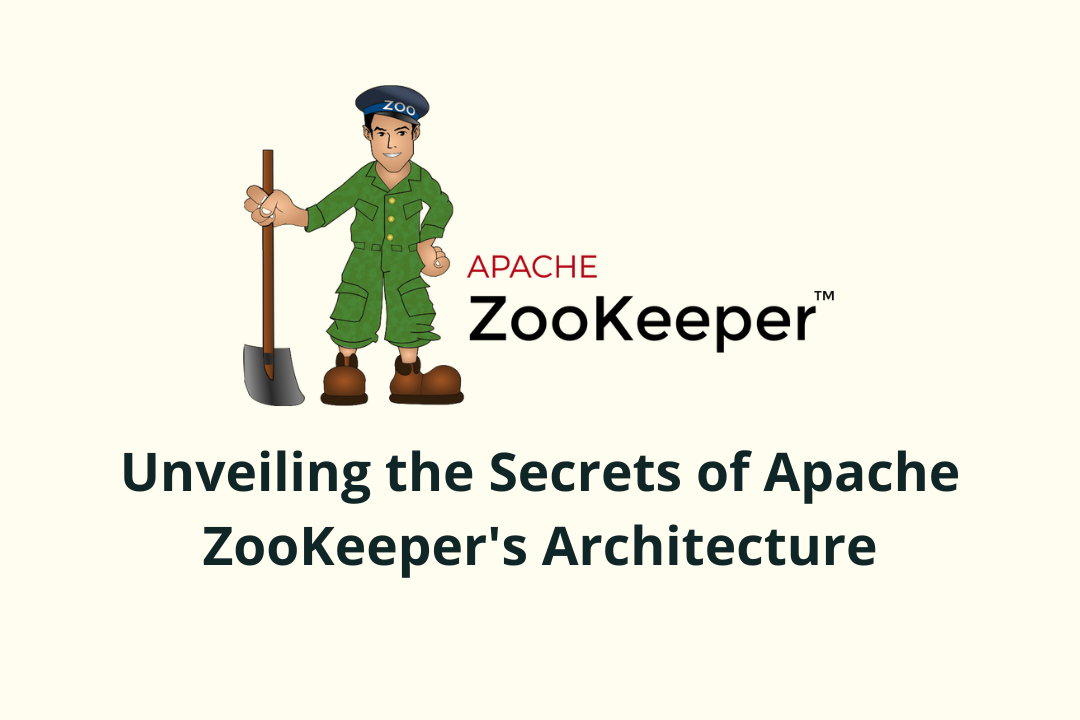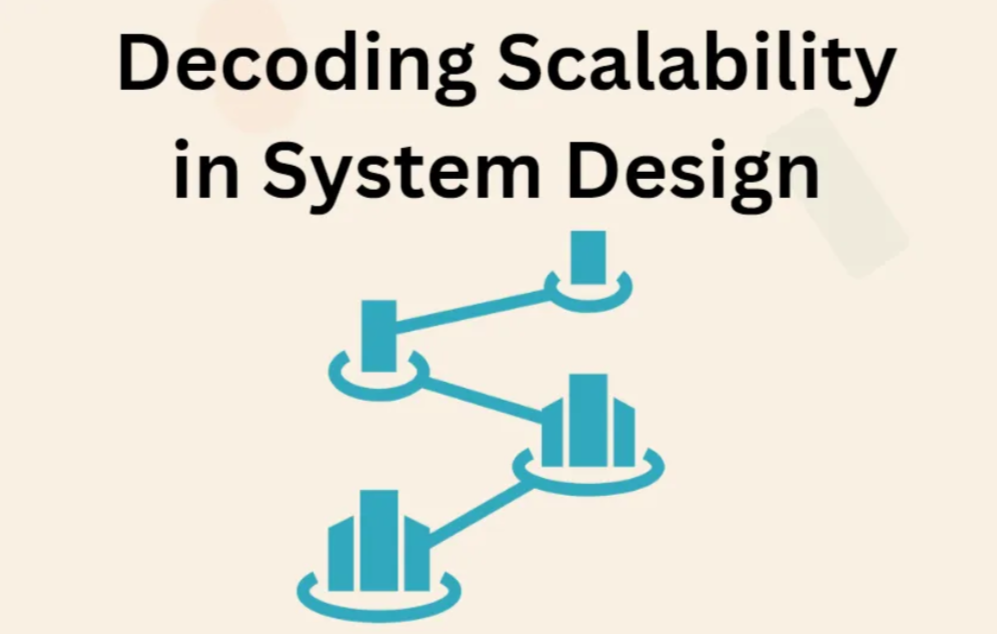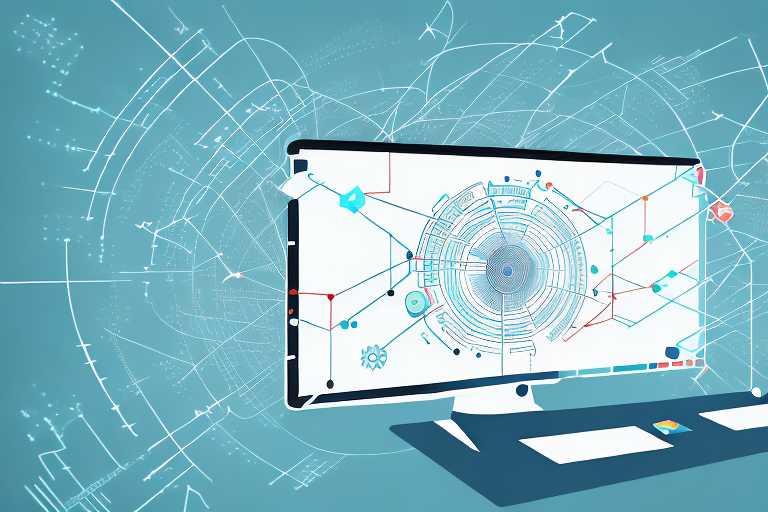REST vs GraphQL vs gRPC

As a developer, it’s essential to choose the right API development technology for your project. REST, GraphQL, and gRPC are three popular API development technologies that developers use to build scalable, efficient, and reliable APIs.
In this article, I’ll provide a comprehensive comparison of REST, GraphQL, and gRPC. I’ll explore the differences between these technologies in terms of performance, pros and cons, use cases, and how to choose the right technology for your project.
What is REST?
REST stands for Representational State Transfer. It’s a web-based architectural style that developers use to create APIs. REST APIs use HTTP requests to perform operations like GET, POST, PUT, and DELETE. REST APIs are stateless, meaning that each request contains all the necessary information to complete the request. Developers can use REST APIs to communicate between a client and a server.
REST is the most widely used API development technology because it’s easy to learn, scalable, and efficient. REST APIs are easy to cache, making them faster than other API development technologies. REST APIs are also easily accessible from different programming languages.
REST core principles
REST operates on a set of core principles that guide its design and implementation. These principles include:
- Stateless: Each API request is self-contained and carries all the information needed to process it. The server should not store any information about the client’s state between requests.
- Client-Server: The client and server are separate entities that communicate over a network. The client is responsible for the user interface, while the server handles data processing and storage.
- Cacheable: Responses from the server can be cached by the client to improve performance and reduce server load.
- Layered System: RESTful architectures can be composed of multiple layers, each with its own set of responsibilities. This separation of concerns helps improve scalability and maintainability.
- Uniform Interface: RESTful APIs should have a consistent and uniform interface, making them easier to understand and use. Key constraints include using standard HTTP methods (GET, POST, PUT, DELETE) and meaningful URLs.
What is GraphQL?
GraphQL is a query language for APIs that was developed by Facebook. GraphQL allows developers to specify the data requirements of an API request. GraphQL APIs return only the data that the client requested, minimizing the amount of data sent over the network.
GraphQL APIs are more flexible than REST APIs. With GraphQL, developers can get all the data they need in a single request. Developers can also specify the type of data they want to receive from the API. GraphQL APIs are also easier to maintain because they provide a clear understanding of the data requirements.
GraphQL core principles
GraphQL is built on a set of core principles that differentiate it from other API technologies:
- Strongly-typed schema: GraphQL APIs are based on a strongly-typed schema, which defines the types of data, queries, and mutations available. This provides a clear contract between the client and server, making it easier to understand and validate the data being exchanged.
- Hierarchical data structure: GraphQL organizes data in a hierarchical structure, making it simple to represent complex relationships between entities. This mirrors the way data is typically consumed by applications, leading to more intuitive queries and responses.
- Client-driven queries: With GraphQL, clients can request only the data they need, specifying the desired fields and relationships. This eliminates over-fetching and under-fetching, resulting in more efficient data retrieval and reduced network overhead.
- Single endpoint: Unlike REST, GraphQL uses a single endpoint for all data types and operations. This simplifies the API architecture and makes it easier to manage and evolve over time.
What is gRPC?
gRPC is a high-performance API development technology that was developed by Google. gRPC uses Protocol Buffers, a language-neutral, platform-neutral, extensible mechanism for serializing structured data. gRPC allows developers to define services and messages using Protocol Buffers.
gRPC APIs use HTTP/2 for transport, which makes them faster and more efficient than REST APIs. gRPC APIs are also highly scalable because they use HTTP/2 streams to send and receive data. gRPC APIs are also easy to use because they generate client libraries for different programming languages.
Core principles
gRPC is built on several core principles that contribute to its performance and capabilities:
- Protocol Buffers: gRPC uses Protocol Buffers as its serialization format, enabling efficient, binary encoding of data. This reduces the size of messages and minimizes the overhead of parsing and serializing data, leading to faster communication.
- Strongly-typed contracts: gRPC APIs are based on strongly-typed contracts defined using Protocol Buffers, which describe the services, methods, and data types available. This ensures a clear and consistent interface between client and server, reducing the risk of errors and misunderstandings.
- Bi-directional streaming: gRPC supports bi-directional streaming, allowing clients and servers to send and receive messages simultaneously. This enables more efficient communication, especially for large or real-time data transfers.
- Language-agnostic: gRPC is designed to be language-agnostic, with official support for many programming languages, including C++, Java, Python, and Go. This allows developers to choose the most suitable language for their project without worrying about compatibility issues.
Key differences between REST, GraphQL, and gRPC
REST, GraphQL, and gRPC are different API development technologies that have their unique features. Here are some key differences between these technologies:
- Data Transfer: REST APIs transfer data in JSON or XML format. GraphQL APIs transfer data in a GraphQL-specific format. gRPC APIs transfer data in Protocol Buffers format.
- Data Requirements: REST APIs provide all the data available on the server. GraphQL APIs allow the client to specify the data requirements. gRPC APIs use Protocol Buffers to define the messages and services, providing a clear understanding of the data requirements.
- Transport Protocol: REST APIs use HTTP/1.1 for transport. GraphQL APIs use HTTP for transport. gRPC APIs use HTTP/2 for transport.
- Performance: gRPC APIs are faster than REST and GraphQL APIs because they use HTTP/2 for transport and Protocol Buffers for serialization.
- Flexibility: GraphQL APIs are more flexible than REST APIs because they allow the client to specify the data requirements in a single request.
Performance comparison of REST, GraphQL, and gRPC
Performance is a crucial factor when choosing an API development technology. Here’s a performance comparison of REST, GraphQL, and gRPC:
- REST APIs are slower than GraphQL and gRPC APIs because they transfer more data over the network.
- GraphQL APIs are faster than REST APIs because they transfer only the data that the client requested.
- gRPC APIs are the fastest API development technology because they use HTTP/2 for transport and Protocol Buffers for serialization.
Pros and cons of using REST, GraphQL, and gRPC
Here are the pros and cons of using REST, GraphQL, and gRPC:
REST
Pros:
- Easy to learn
- Widely used
- Easy to cache
- Easily accessible from different programming languages
Cons:
- Not flexible
- Slow performance for large data sets
- No clear understanding of data requirements
GraphQL
Pros:
- Flexible
- Faster performance than REST
- Clear understanding of data requirements
- Easy to maintain
Cons:
- More complex than REST
- Requires a learning curve
- Limited community support compared to REST
gRPC
Pros:
- High performance
- Highly scalable
- Easy to use
- Generates client libraries for different programming languages
Cons:
- Limited community support compared to REST and GraphQL
- Requires Protocol Buffers knowledge
- Not widely used compared to REST and GraphQL
Use cases for REST, GraphQL, and gRPC
Each API development technology has its unique use cases. Here are some use cases for REST, GraphQL, and gRPC:
REST
- Simple CRUD operations
- Large data sets with infrequent updates
- Web applications that require caching
REST is a good choice for building APIs that are resource-centric and stateless, such as CRUD operations on databases, static file servers, or microservices. REST is also a good choice for building public APIs that need to be accessible by a wide range of clients with different capabilities and requirements. REST is a good choice for teams that have experience with HTTP and the web, and that are building simple and stable APIs.
Famous uses
- Twitter API: The Twitter API provides developers with access to a wide range of Twitter data and functionality, including tweeting, user profiles, and timelines. The API is built using the REST architecture and has become an essential tool for integrating Twitter into various applications and services.
- GitHub API: GitHub’s API allows developers to interact with the platform programmatically, enabling them to manage repositories, issues, and pull requests. The API follows the RESTful architecture and has contributed to the growth and popularity of the GitHub platform.
- Stripe API: Stripe’s payment processing API is designed using REST principles, offering a simple and consistent interface for handling online transactions. The API’s ease of use and reliability have made it popular among developers and businesses looking for a secure and efficient payment solution.
GraphQL
- Complex data requirements
- Mobile applications with limited bandwidth
- Data-driven applications that require flexibility
GraphQL is a good choice for building APIs that are query-centric and flexible, such as rich client-side applications, data-intensive dashboards, or complex data processing. GraphQL is also a good choice for building internal APIs that need to be optimized for specific use cases and clients. GraphQL is a good choice for teams that have experience with JavaScript and front-end development, and that are building complex and evolving APIs.
Famous uses
- Facebook API: GraphQL was developed by Facebook to power its mobile applications and has been used extensively within the company since 2012. The Facebook API allows developers to access a wide range of data and features, including user profiles, posts, and events, all using the GraphQL query language.
- Shopify API: Shopify, a popular e-commerce platform, uses GraphQL for its API, providing developers with a flexible and efficient way to access and manage data related to products, orders, and customers. The API’s flexibility has been instrumental in supporting the diverse needs of Shopify’s developer community and app ecosystem.
- GitHub API v4: In 2017, GitHub introduced a new version of its API based on GraphQL, aiming to address the limitations of its RESTful predecessor. The GraphQL API offers a more flexible and efficient way to access GitHub data, including repositories, issues, and pull requests, making it easier for developers to build powerful integrations with the platform.
gRPC
- High-performance applications
- Microservices architecture
- Applications that require high scalability
gRPC is a good choice for building APIs that are performance-centric and scalable, such as distributed systems, microservices, or real-time applications. gRPC is also a good choice for building APIs that need to be implemented in different languages and platforms, and that need to use efficient binary encoding of data. gRPC is a good choice for teams that have experience with low-level programming, network communication, and distributed systems, and that are building fast and reliable APIs.
Famous uses
- Google APIs: Many of Google’s APIs, such as the Google Cloud Platform APIs, are built using gRPC. These APIs provide access to various Google services, including data storage, machine learning, and analytics, and require high performance and efficiency.
- Netflix APIs: Netflix, the popular streaming platform, has adopted gRPC for some of its internal APIs, leveraging its performance benefits to support the high demands of its large-scale, distributed systems.
- Cisco APIs: Cisco, a leading provider of networking and communication solutions, uses gRPC for its network management APIs. The performance and efficiency of gRPC make it a suitable choice.
Conclusion
Choosing the right API development technology is crucial for the success of your project. REST, GraphQL, and gRPC are three popular API development technologies that developers use to build scalable, efficient, and reliable APIs. In this article, I provided a comprehensive comparison of REST, GraphQL, and gRPC. I explored the differences between these technologies in terms of performance, pros and cons, use cases, and how to choose the right technology for your project.
By considering the factors discussed in this article, you can choose the API development technology that best meets your project requirements. Whichever API development technology you choose, ensure that it’s scalable, efficient, and reliable.
➡ To learn about system design basics, have a look at Grokking System Design Fundamentals.
➡ Learn more on architecture and system design in Grokking the System Design Interview and Grokking the Advanced System Design Interview.
Read more on system design interview.
[1] 18 System Design Concepts Every Engineer Must Know Before the Interview.
[2] Top LeetCode Patterns for FAANG Coding Interviews
[3] The Complete Guide to Ace the System Design Interview






